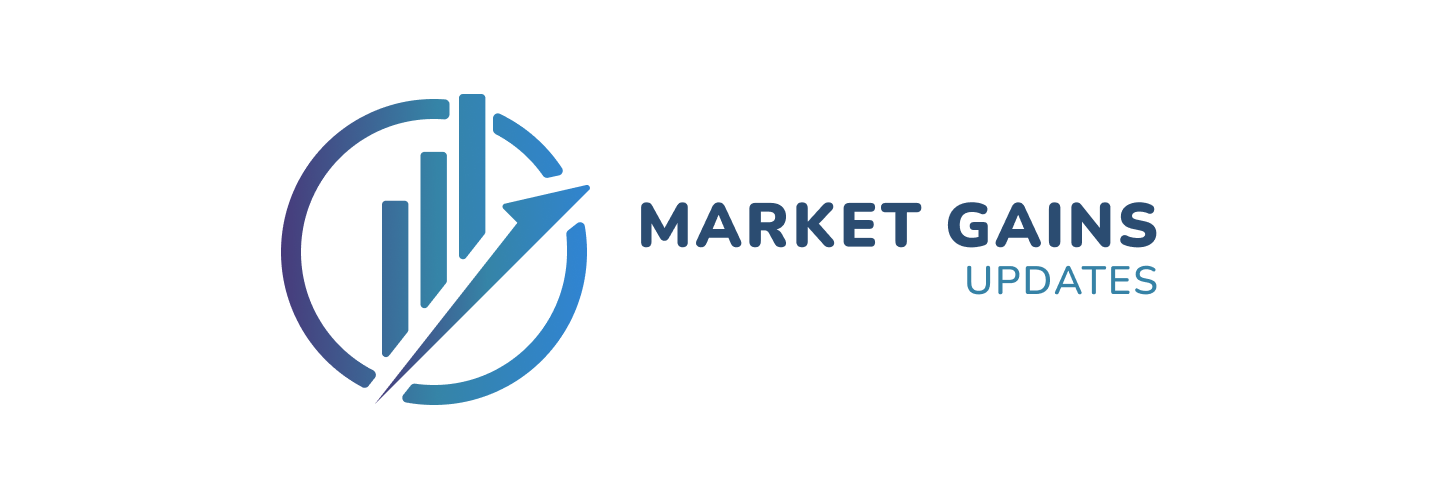
- Colleges should add more student athletes and sports teams instead of cutting them due to evolving economic models.
- Focusing on sports education rather than entertainment can be financially sustainable and beneficial for students.
- Adding more student athletes can improve the overall discount rate for the student-athlete population.
College sports face a tipping point — one that impacts millions of future student-athletes. On the heels of the recent House v. NCAA settlement, universities must grapple with an evolving economic model for sports. The knee-jerk reaction too often is to consider reducing rosters and teams.
It doesn’t have to be this way.
Here’s the counterintuitive truth: universities should add student-athletes and sports teams, not cut them. Sports education — without any media rights or ticket sales — can be economically self-sustaining and wildly successful for students.
That’s not sentimental optimism. It’s a sound strategic play. Universities are grappling with the fact that they want to be in the “business of education.” Yet, a (small) fraction of their sports teams and student-athletes are exceptionally good at entertaining adults. Entertaining adults is the “business of sport.”
We need to turn over every available stone before we let the “entertaining adults” side of sports come at the cost of educating fewer students through sports. In fact, we should use this moment to tip the conversation in a positive direction: add student-athletes and teams.
The mission-aligned case for a university is this — student-athletes improve the educational makeup of a university, add to culture and graduate as tomorrow’s leaders. According to Education Week, 57% of all high school students have played a sport, and student-athletes are the largest affinity group entering college by a wide margin; serving this group (varsity or otherwise) well serves a university’s goals. Student-athletes also represent a future shift in education: with AI emerging, top skills of tomorrow include resilience teamwork, and self-motivation according to global hiring managers surveyed by the World Economic Forum. These are “sports skills” and can be taught just like math and science. Student-athlete graduates have an outsized impact in the workforce, as demonstrated by the fact that 52% of C-suite women executives played sports in college, according to the EY Women Athletes Business Network and ESPN.
While all of that should carry the day, it often doesn’t. Why? The simple truth is that even non-profit universities need a business case — profits and losses — as the leading qualifier.
There is also a strong economic case. Sports education — without any media rights or ticket sales — can be economically self-sustaining and wildly successful for students. The proven key to the model working for a university is to add more tuition-paying student-athletes and teams.
Universities should understand the model, but it requires a shift in historical thinking. The first shift is to count tuition (tuition from paying student-athletes often exceeds scholarships) in the financial equation for sports. Case in point, sports are often called “non-revenue” sports, even when most of the athletes are in fact tuition paying. Any aspect of a university would fall short of profit and loss goals if tuition was not counted.
The second is to add more student-athletes — leveraging fixed facility investments and semi-fixed staffing costs — to improve the overall discount rate for the student-athlete population. For many universities, the discount rate for student-athletes can be more attractive than the university average. This is not a new concept but rather applies an existing concept to sports. Public universities support lower in-state tuition and financial aid by enrolling higher paying out-of-state applicants. Universities support domestic student financial aid and academic program expansion by enrolling high-pay international applicants.
Universities willing to reframe the conversation and consider adding student-athletes will find great success, great students, great athletes and great economics.
Right now, high school student-athletes are being squeezed out of college athletics by the trifecta of roster caps, longer eligibility for existing NCAA athletes and the transfer portal allowing college coaches to recruit college players over high school players. This is bad for millions of high school athletes, and it is adding to an already massive supply-demand imbalance in market (only 3% of high school student-athletes can find Division I rosters, and 5-7% find rosters of any kind).
The upshot for universities: there are so many more tuition paying student-athletes that want to play, if offered a varsity or varsity-like student-athlete experience.
Let’s not allow the business of entertaining adults to come at the cost of educating students through sports.
This is a tipping point. A few voices can tip this in the right direction.
Brent Richard is a career investor, operator and entrepreneur in sports and education, the CEO of IMG Academy, and a former Division I soccer player. This op-ed was developed in collaboration with Drew Weatherford, founder of Weatherford Capital, co-founder of Collegiate Athletic Solutions, and former Florida State starting quarterback.
